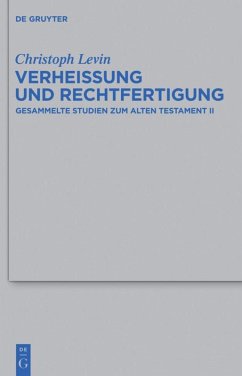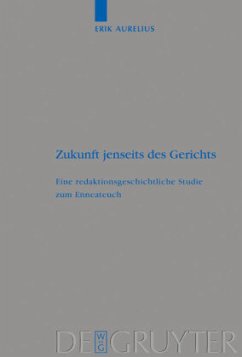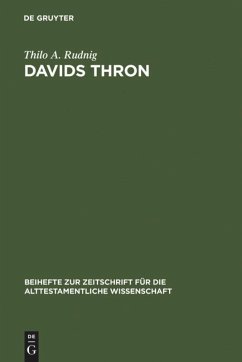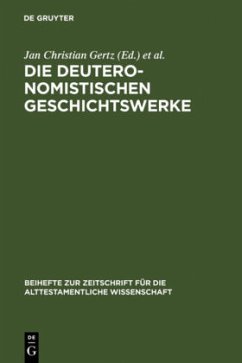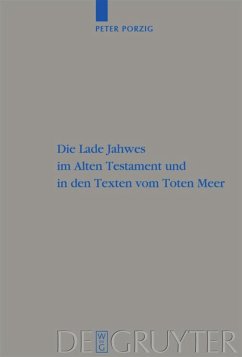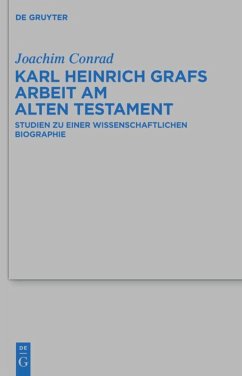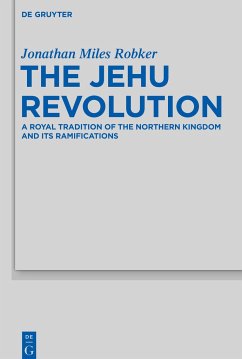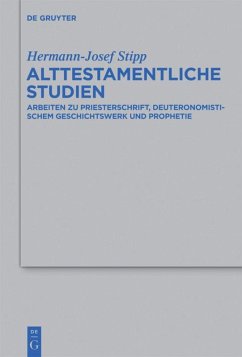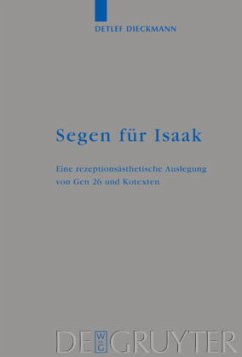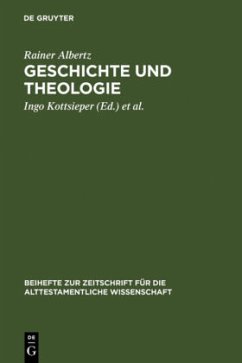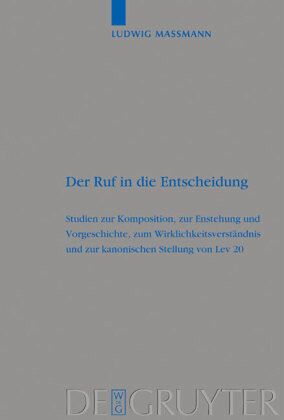
Der Ruf in die Entscheidung
Studien zur Komposition, zur Entstehung und Vorgeschichte, zum Wirklichkeitsverständnis und zur kanonischen Stellung von Lev 20

PAYBACK Punkte
0 °P sammeln!
An interpretation of Lev 20, updated for publication. In addition to classical methods of exegesis, it also uses other approaches, particularly those from cultural anthropology. The study first clarifies the scholarly prerequisites, working on the assumption that Lev 17-26 is an integral part of the Priestly Source ("P" text). The text itself is examined in both its synchronic and diachronic aspects and identified as a reader and sermon which reflects internal Jewish conflicts in the post-exile community. The whole of the formulaic content of the death sentences in Lev 20 is analysed thoroughly and discussed against the background of the thesis of "social death" (H.-P. Hasenfratz). Within the text complex of Lev 11-22, Lev 20 is concerned with irreversible impurity, which leads to exclusion from Israel, and the concluding interpretation of Israel as a people sacred to YHWH. The study closes with a theology of Lev 20 and a preview of the history of capital punishment in later Judaism.
Diese für die Drucklegung aktualisierte Auslegung von Lev 20 wendet neben klassischen exegetischen Methoden auch andere, vor allem kulturanthropologische Ansätze an. Die Studie klärt zunächst die einleitungswissenschaftlichen Voraussetzungen und geht davon aus, daß Lev 17-26 integraler Bestandteil der Priesterschrift ist. Der Text selbst wird auf synchroner und diachroner Ebene untersucht und als Lese- und Predigtstück bestimmt, das innerjüdische Konflikte der nachexilischen Gemeinde abbildet. Das gesamte formelhafte Gut der in Lev 20 enthaltenen Todessätze wird gründlich analysiert und dann vor dem Hintergrund der These über den "sozialen Tod" (H.-P. Hasenfratz) diskutiert. Innerhalb des Textkomplexes Lev 11-22 geht es in Lev 20 um irreversible Unreinheit, die aus Israel ausschließt, und um die abschließende Deutung Israels als für JHWH geheiligtes Volk. Eine Theologie von Lev 20 und ein Ausblick auf die Geschichte des Todesrechts im späteren Judentum runden die Arbeit ab.




